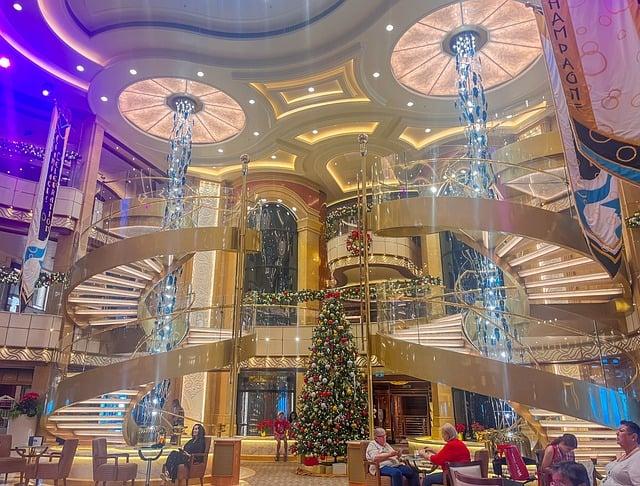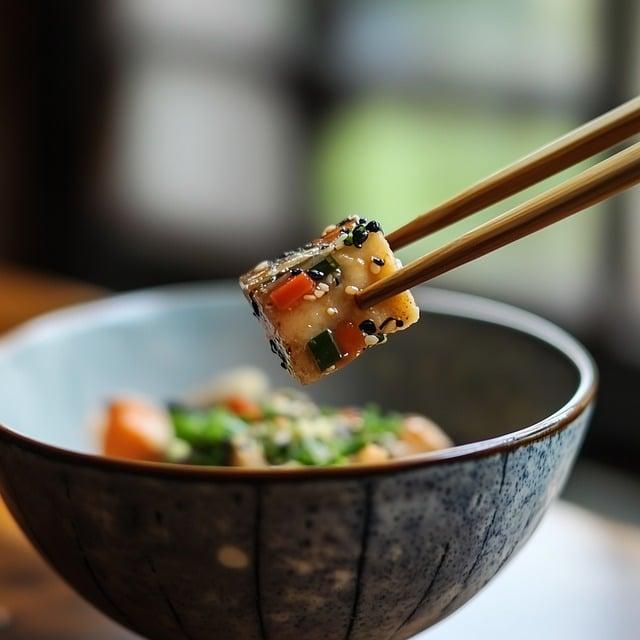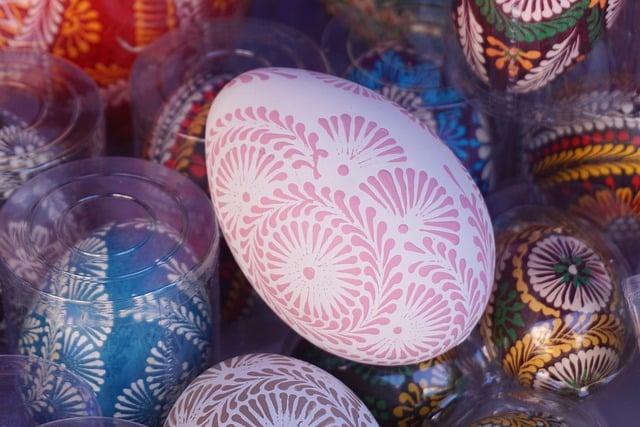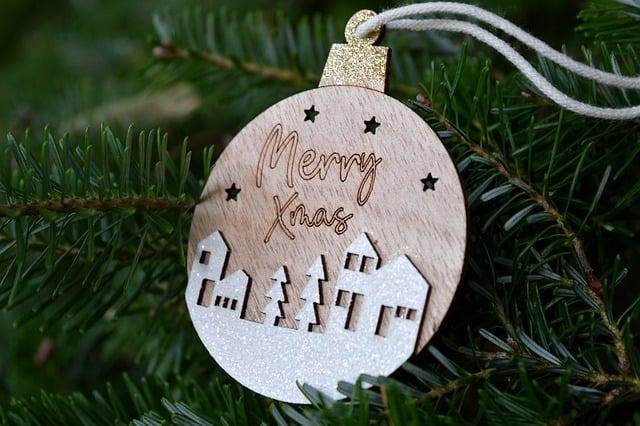In a quaint village, nestled between snow-capped hills, a curious child named Lily pondered the meaning of the Christmas wreath hanging on her door. One frosty evening, she asked her grandmother, “Is it a religious symbol?” Her grandmother smiled, recalling how the circular shape represented eternity, a reminder of God’s endless love. As they adorned the wreath with vibrant red bows and pinecones, Lily realized it was more than decoration; it was a blend of tradition and faith, uniting the spirit of Christmas with the warmth of home.
Table of Contents
- Exploring the Historical Roots of Christmas Wreaths and Their Symbolism
- The Intersection of Pagan Traditions and Christian Beliefs in Wreath Design
- Modern Interpretations: How Christmas Wreaths Reflect Personal and Cultural Values
- Crafting Your Own Wreath: Tips for Infusing Meaning and Intent into Your Creation
- Q&A

Exploring the Historical Roots of Christmas Wreaths and Their Symbolism
The tradition of crafting wreaths dates back to ancient civilizations, where circular shapes symbolized eternity and the cyclical nature of life. In pre-Christian Europe, wreaths made from evergreen branches were used during winter solstice celebrations, representing resilience and the promise of renewal as the days began to lengthen. As Christianity spread, these early customs were woven into the fabric of the holiday season, transforming the wreath into a symbol of hope and everlasting life. The circular form of the wreath, with no beginning or end, became a powerful metaphor for the eternal love of God, making it a fitting decoration for the Christmas season.
In addition to their historical significance, Christmas wreaths carry rich symbolism that resonates with various cultural and religious meanings. The **evergreen foliage** signifies life and immortality, while the **red berries** often associated with the wreath represent the blood of Christ, linking the decoration to the Christian narrative of sacrifice and redemption. Other elements, such as **pinecones** and **ribbons**, can also be incorporated to enhance the wreath’s meaning, with pinecones symbolizing fertility and new beginnings, and ribbons often representing joy and celebration. Thus, while wreaths may not be overtly religious symbols, their deep-rooted history and layered meanings invite reflection on themes of life, love, and the spirit of the season.

The Intersection of Pagan Traditions and Christian Beliefs in Wreath Design
The design of Christmas wreaths is a fascinating tapestry woven from both pagan traditions and Christian beliefs. Historically, wreaths were used by ancient cultures as symbols of victory and eternal life, often crafted from evergreen branches that represented resilience and renewal. The circular shape of the wreath, with no beginning or end, embodies the concept of eternity, a theme that resonates deeply within both pagan and Christian contexts. As Christianity spread, many of these symbols were adapted and reinterpreted, allowing for a rich blending of meanings that continues to influence modern wreath designs.
In contemporary practice, wreaths often incorporate elements that reflect this dual heritage. Common features include:
- Evergreens: Symbolizing everlasting life, these are central to both pagan winter solstice celebrations and Christian Christmas traditions.
- Red Berries: Often associated with the blood of Christ, they also evoke the vibrancy of life in nature.
- Ribbons and Ornaments: These decorative touches can signify joy and festivity, bridging the gap between secular and sacred celebrations.
This intricate interplay of symbolism allows wreaths to serve as a unifying decoration during the holiday season, inviting individuals from various backgrounds to partake in a shared experience of beauty and reflection.

Modern Interpretations: How Christmas Wreaths Reflect Personal and Cultural Values
Christmas wreaths have evolved from their traditional roots into vibrant expressions of personal and cultural identity. While originally crafted from evergreen branches to symbolize eternal life, today’s wreaths often incorporate a variety of materials and designs that reflect individual tastes and values. For many, the choice of colors, decorations, and even the size of the wreath can convey messages about family heritage, seasonal joy, or personal beliefs. Some may opt for minimalist designs that emphasize simplicity and peace, while others might choose elaborate arrangements that celebrate abundance and festivity. This diversity in design allows wreaths to serve as a canvas for personal storytelling, showcasing the unique narratives of those who display them.
Moreover, wreaths can also embody broader cultural values, acting as a bridge between tradition and modernity. In various cultures, wreaths are adorned with symbols that resonate deeply with community beliefs and practices. For instance, the inclusion of specific ornaments or colors can signify:
- Hope and renewal: Bright colors and fresh foliage may represent optimism for the coming year.
- Unity and togetherness: Wreaths made from diverse materials can symbolize the blending of different cultural traditions.
- Gratitude and remembrance: Incorporating elements that honor loved ones can reflect a sense of connection to family history.
As such, the modern Christmas wreath transcends its decorative purpose, becoming a meaningful emblem of the values and stories that shape our lives during the holiday season.

Crafting Your Own Wreath: Tips for Infusing Meaning and Intent into Your Creation
Creating a wreath is not just about assembling materials; it’s an opportunity to weave personal stories and sentiments into your design. Start by selecting a base that resonates with you, whether it’s a traditional circular frame or a more unconventional shape. As you gather your materials, consider incorporating elements that hold significance in your life. For instance, you might choose:
- Natural elements like pinecones or dried flowers that remind you of cherished memories.
- Colors that symbolize hope, joy, or peace, reflecting your intentions for the season.
- Personal tokens such as ornaments or ribbons that represent family traditions or milestones.
As you assemble your wreath, take a moment to infuse each layer with your thoughts and feelings. This process can be meditative, allowing you to focus on what the season means to you. Consider adding a personal touch, like a handwritten note or a small charm, to serve as a reminder of your intentions. The act of crafting becomes a ritual, transforming your wreath into a meaningful symbol of your journey and aspirations. Remember, it’s not just about the final product; it’s about the love and intention you pour into every detail.
Q&A
-
Is a Christmas wreath a religious symbol?
No, a Christmas wreath is not exclusively a religious symbol. While it can have spiritual significance, particularly in Christian traditions, it is often used as a decorative item during the holiday season.
-
What does a Christmas wreath symbolize?
A Christmas wreath typically symbolizes eternal life and the cycle of the seasons. Its circular shape represents unity and the never-ending nature of love and life.
-
Are there different types of wreaths for different religions?
Yes, various cultures and religions have their own wreath traditions. For example, Advent wreaths are used in Christian practices to mark the weeks leading up to Christmas, while other cultures may have wreaths for different celebrations.
-
Can a Christmas wreath be secular?
Absolutely! Many people use Christmas wreaths purely for their aesthetic appeal, making them a secular decoration that enhances the festive spirit of the holiday season.
the Christmas wreath transcends its origins, embodying a blend of tradition and festivity. Whether seen as a religious symbol or a seasonal decoration, it invites us to celebrate the spirit of togetherness and joy during the holiday season.




